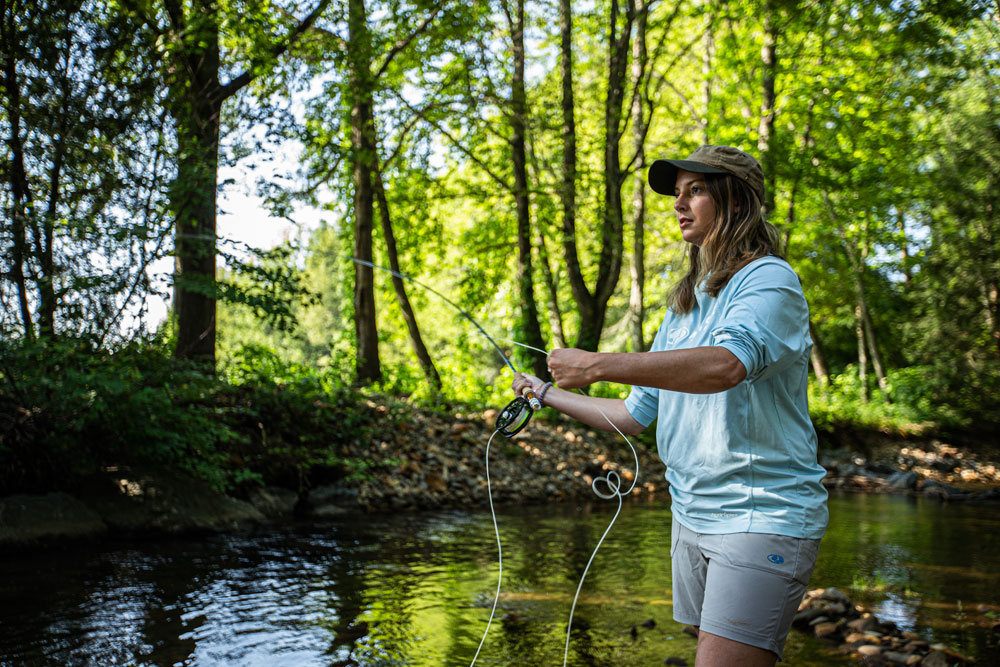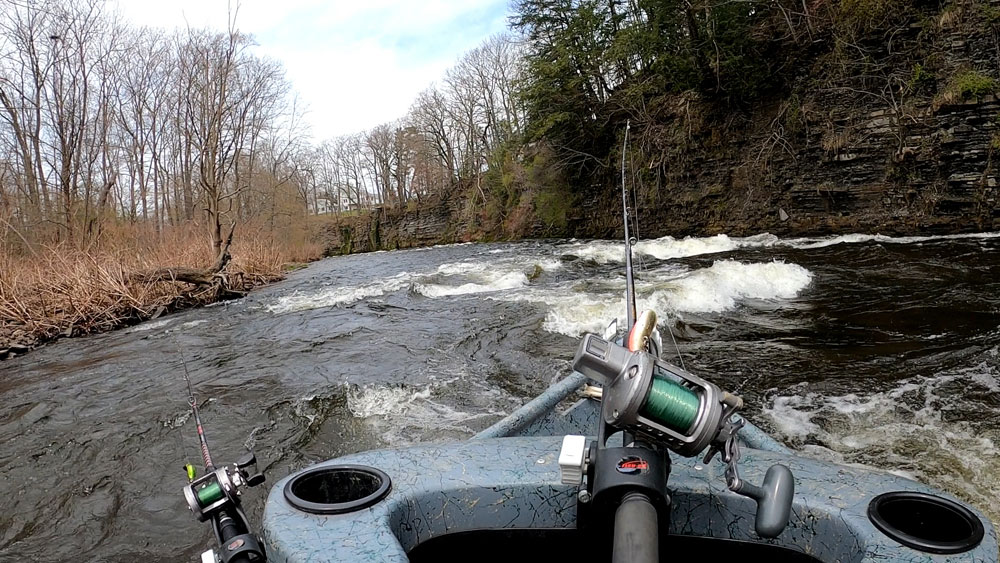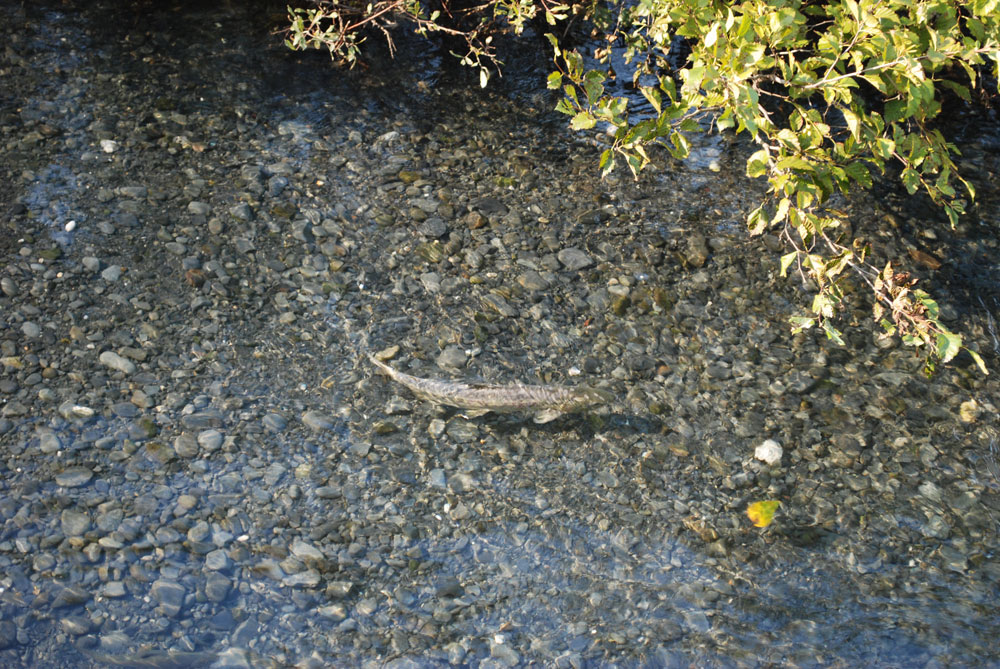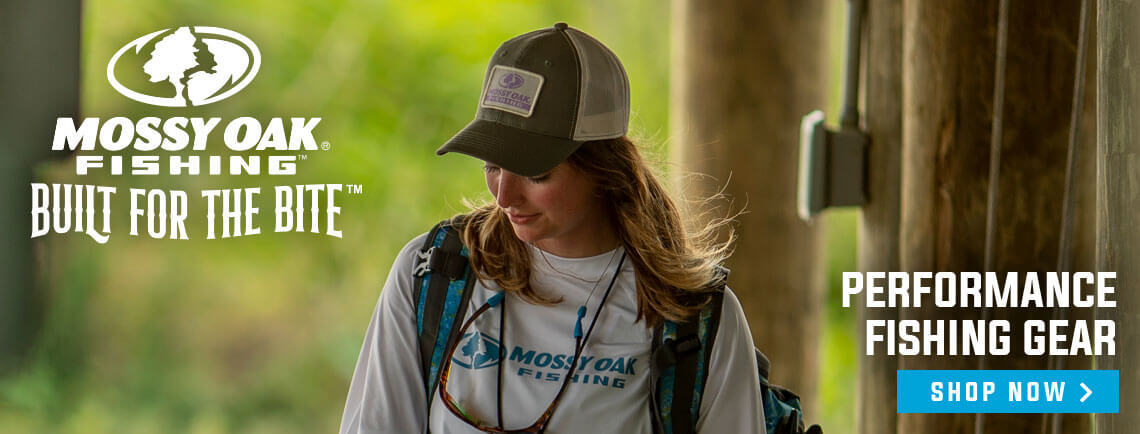Bob Humphrey
After several unsuccessful casts on a fishy looking stretch of stream, I pulled another foot of flyline off my reel, false-casted a couple extra times to dry my fly, then let the tiny speck of fur and feather settle on the surface. It drifted slowly downstream, then caught in the current and veered suddenly into a pocket of calm water. The calmness vanished as an eruption of silver engulfed the fly and my line drew taught.

You can catch trout drowning worms or towing tackle on lakes and ponds but moving water is the true essence of trout fishing for many. However, whether you fish hand-tied flies or good old garden hackle, the prospect of new or unfamiliar water can be daunting. Fortunately, anglers can increase their catch rate, sometimes significantly by being able to “read” a river.
Fly Fishing 101: 5 Tips for Beginners
Structure - Much of reading a river involves an understanding of hydrodynamics. Water flows laterally, until it meets an obstacle, like a boulder, then flows around it. This creates a deeper, calmer pool on the downstream side. Trout, especially big trout, are basically lazy. Rather than constantly fight the current, they’ll lie in these calmer pools and eddies waiting for baitfish and aquatic insects to pass by in the stronger current where they dart out and grab them, then return to their lie. Try to present surface and subsurface baits so the current will pull them into the calmer water.

Hidden Structure - Subsurface structure can be just as productive, but sometimes harder to locate. A good fishfinder or depth sounder will help in deeper water, but sometimes you can find it simply by paying attention to surface. Look for odd waves, swirls or eddies on the otherwise uniform surface water. Then similar to the above, fish your baits so they’ll filter down into these deeper holes. Allow a little extra time for them to sink by casting farther upstream. It may take several casts before you find the right depth.
Bends - Deeper water means more space, security and sometimes cooler water temperatures, which all translate to more fish. The deepest water always occurs on the outside curve of a river bend, where the current has more force. Try to present your baits so they float over or fall into these deeper pools, especially along the bottom if the water is warm.
Handling Trout in Hot Weather: What You Need to Know

Riffles - While pools and eddies are often the most productive, don’t overlook riffles - patches of turbulence created by shallower water. Smaller fish may hide in micro pockets behind smaller rocks. Larger fish can often be found just on the downstream side, where they lie in wait for bait confused by the turbulent water. Wet flies and nymphs should be fished down through the riffle while streamers and spinners should be fished cross-current.
Cover - Most anglers understand the importance of structure. It offers protection for baitfish, which attract larger predators, and for larger fish to avoid mammalian and avian predators. Storms, erosion and flooding often result in trees or larger branches falling into or floating down rivers until they fetch up. Then they become little sanctuaries. The trick is getting your bait near but not in the tangle of branches and letting if flow enticingly by.




























